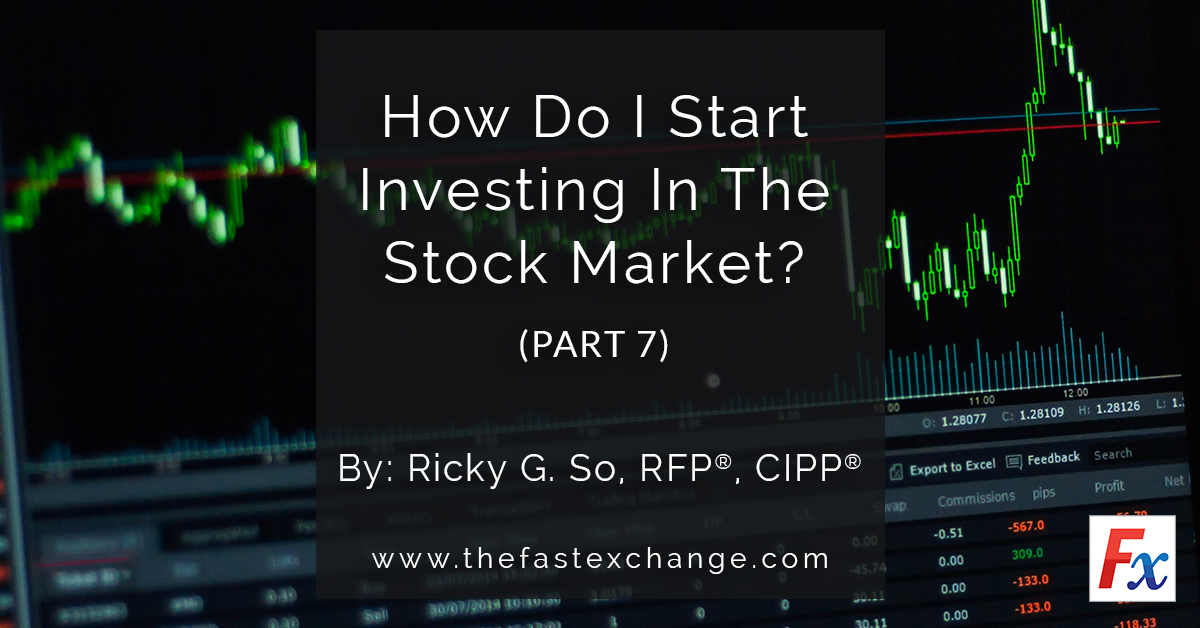
“Evaluating Stocks to Buy”
At this stage of our discussion, next in line is the financial ratio analysis after doing the macro and industry considerations. Financial ratios are made available to investors by companies thru their financial statements, namely, the balance sheet, the income statement and the statement of cash flows.
Listed companies in the stock market should come up with these documents and report it to the public the moment it is ready. This is a required disclosure of the company as prescribed by the rules of the stock exchange. Otherwise, they will be penalized for not doing so. Locally, all of these documents are lodged electronically through the website of the PSE and their created site http://edge.pse.com.ph/. Everything one needs to know about the companies in the market have all their activities disclosed as well as their financial statements. This is a must read to all investors.
Financial ratios are all in the financial statements, but in most cases, it requires a bit of identification of items and a little computation in order to determine it. Usually brokers do the screening of these ratios in their reports to clients.
The most widely used financial ratio is the Price Earnings Ratio or the PE Ratio. This ratio is determined by dividing the Earnings per Share (EPS) over the current market price of the stock being considered. By doing so, one will have an idea of the relative value of the stock. Say, you are choosing between two stocks AB Co. and CD Co. and both are in the same business. AB Company’s stock price is trading at P8.00 while CD Company’s stock is trading at P15.00. It appears AB stock price is cheaper than CD stock. This is true. But, PERatio may give a different view about these prices when the earnings per share is taken into account. Say, AB Co. is earning P1.00 per share and CD Co. is earning P3.00 per share, divide the price over these earnings, AB Co. will give out a PERatio of 8x (P8.00 ÷ P1.00) while CD Co. is doing 5x (P15.00 ÷ P3.00). The person buying the stock of AB Co. is paying 8 times its earnings while CD Co. is priced at 5 times its earnings. Therefore, the conclusion here is that AB Company’s stock is relatively more expensive than that of the stock of CD Company. Generally, a stock is low PERatio is considered cheaper than a stock with high PERatio. But, this is not supposed to be the ultimate measure, there are more ratios to consider. More so, not all companies with low PERatio are bound to go up and not all companies with high PERatio are bound to come down.
Next is the Price to Book Value ratio (PB). Book value is the recoverable value of a stockholder when a company shuts down or is liquidated. Similarly, it is like an intrinsic value of the company ergo, its stock as well. Book value is determined by valuing all of the company’s assets minus its liabilities and divide over the shares outstanding. Again, we use the sample price of AB Company at P8.00 and CD Company at P15.00. If the book value of AB Co. is P4.00 per share and CD Co. is P10.00 per share, then, the Price to Book Value of AB Co. is 2x (P8.00÷P4.00) and CD Co. is 1.5x (P15.00÷P10.00). If this is the case, the person buying the stock of AB Company at P8.00 will be able to recover P4.00 when the company is dissolved. The person who bought the stock of CD company will be able to recover P10.00. Therefore, if PB Ratio is to be considered, preferably, one should look at a lower value as this means the stock is relatively cheaper than one that has a higher PB Ratio. Moreover, it is possible to see a price of the stock lower than its book value per share. This could be translated that the stock price is like selling at a discount of what the company is worth. Conversely, a stock with a high PB ratio can be perceived to be selling at a huge premium over the company’s worth.
The next ratio is the Dividend Yield or DY. This measures the potential income that one can derive from buying a company’s stock. Apart from the capital gains one aims at buying a stock, the dividend yield adds on to the total return of the investment. DY is simple, get the dividend per share of a stock and divide by its market price. This will result to a percentage that can be considered an income of the person holding on the stock. Moreover, when a company is giving a dividend, the company is profitable. This gives one a certain level of assurance that the company will not fold up. Using the same stocks and prices from the foregoing, say, AB Company is giving a dividend of P0.30 per share and CD Company gives a P0.75 per share dividend, then the dividend yield of AB Co. is 3.75% (P0.30 ÷ P8.00 x 100) while CD Co. is yielding 5% (P0.75 ÷ P15.00 x 100). So, if one will continue to hold on to these shares, the dividends will add up to the potential gain from the appreciation of the stock price. This ratio is widely watch by investors who are quite conservative and income sensitive to their investments.
These are some types of financial ratios usually applied in consideration of selecting which stocks to buy. They may not give an accurate or objective guidance, but, certainly, the risk of making poor selection is mitigated.


Leave a Reply